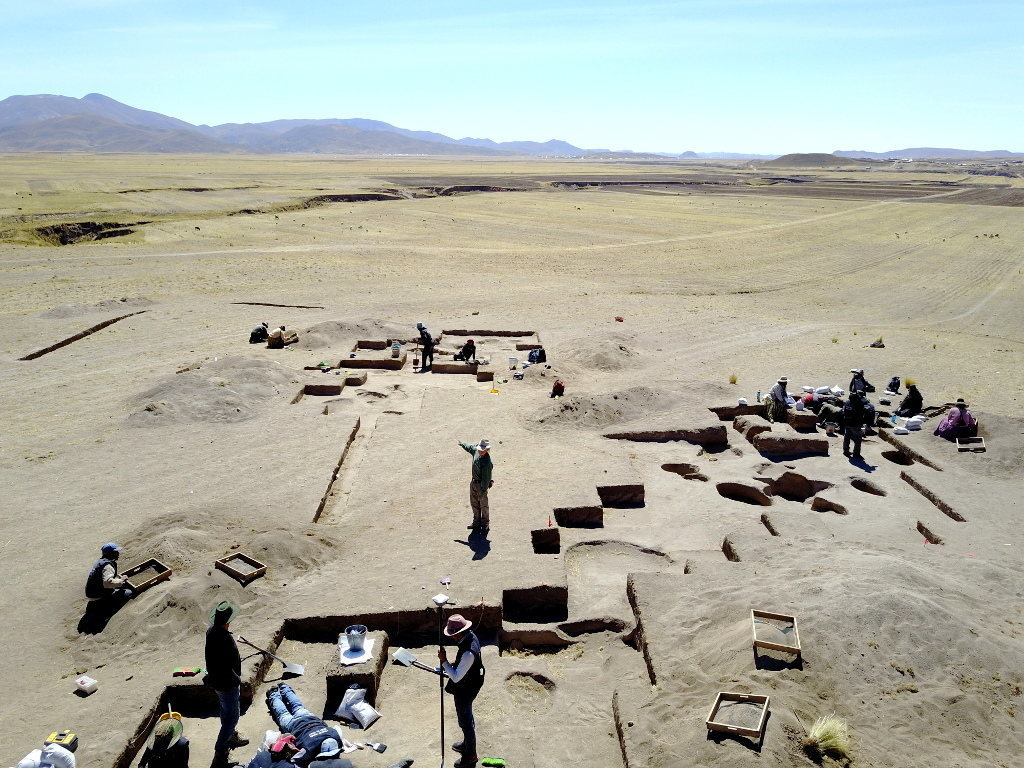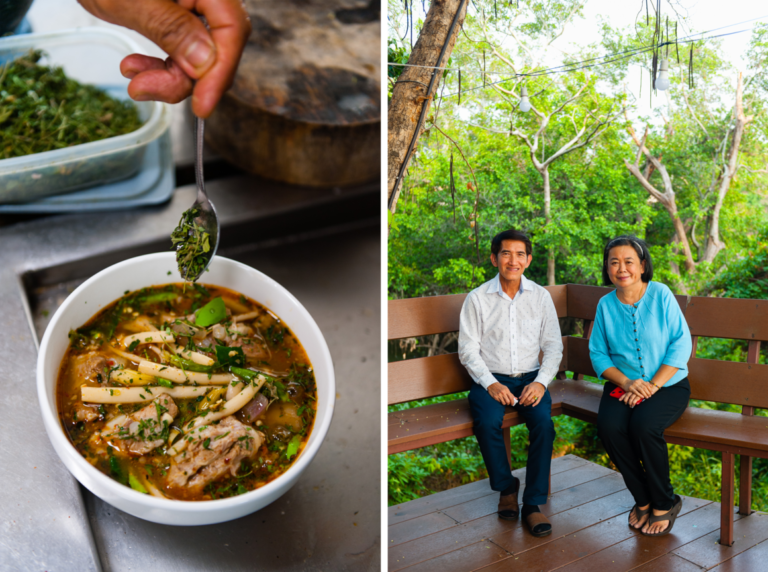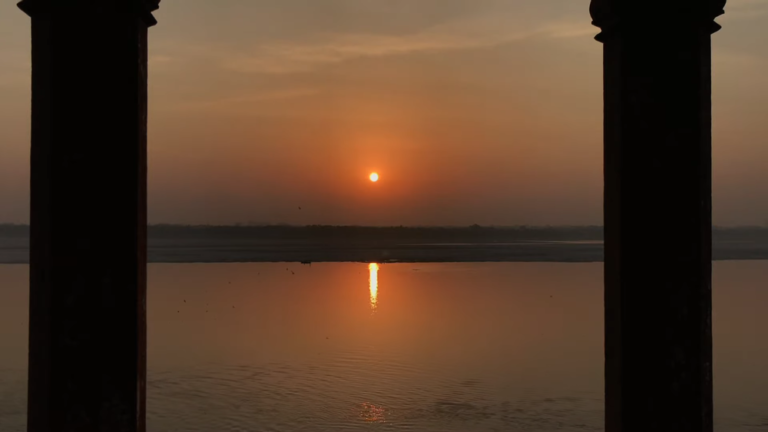Reintroducing the Big-Game Huntresses of the Ancient World
In 2018, when an international team of anthropologists unearthed 9,000-year-old human remains in the Peruvian altiplano, on the western shore of Lake Titicaca, they assumed two things. Because the person was buried with a trove of hunting tools, the researchers figured the individual, dubbed WMP6, had been a powerful, male hunter, able to take down big game like deer and vicuña, a relative of the llama.
Weeks later, however, the team walked back some of those assumptions. Based on “the gracility of the individual, the lack of musculature, and slight nature” of the leg bones and a degraded cranium, Jim Watson, an anthropologist and osteologist at the University of Arizona, surmised that the person might have been female. Drawing on analysis of a sex-linked protein from WMP6’s dental enamel, the team confirmed that WMP6 was a huntress in her late teens.

A closer look at remains from hundreds of burial sites throughout the region painted a similar picture: Combing through public records of 429 Central and South American burials from the late Pleistocene and early Holocene period, the team found 27 instances of people buried with hunting artifacts—and 11 were female. The findings, published earlier this month in Science Advances, flew in the face of the notion that within hunter-gatherer societies, men hunted and women gathered.
In the past, “archaeologists usually dismissed associations of women with hunting artifacts as misconstrued or [thought] maybe the sex estimation was wrong,” says Watson, a co-author of the paper. Individually, these huntresses were seen as exceptions to the rule; upon closer analysis, however, the team declared that big-game hunting was likely gender neutral in the ancient Latin American world.

The conclusion was met with varied reactions. Some of the field’s “old guard” derided the findings as an overreach, Watson says; burial goods are too inconclusive to ever support such a hefty thesis, they held. (“The interpretation of grave goods as a cultural, symbolic act, is not simple or straightforward,” Robert L. Kelly, an anthropologist at the University of Wyoming, told The New York Times.) Some progressive experts besmirched the paper as unnewsworthy: “They thought we were sensationalizing the idea of the female hunter—that of course we know there were female hunters…and that we were just pandering to the press,” Watson adds.
For many archaeologists and anthropologists, ancient big-game huntresses need no introduction—their existence has been known among professionals for decades. For the rest of us, these findings contradict a half-century of assumptions, mostly stemming from a 1966 symposium at the University of Chicago and subsequent book titled simply Man the Hunter. The symposium focused on hunting as integral to human evolution and, based on knowledge of contemporary hunter-gatherer societies, put forth the idea that (with few exceptions) it was a male act. Beyond those few scenarios, women were primarily mentioned in the symposium and book for their reproductive capacities. These claims set the tone in the field for decades.
For all the fuss and in-squabbling over the details of the paper, anthropologist Carolyn Hodges-Simeon of Boston University has a more macro perspective on its release. Well-intentioned as it may be, she sees the woman-as-hunter narrative undervaluing the work of gathering. “There’s this idea that hunting is the important thing and gathering is just flitting through the forest picking fruit off of trees, and that’s not at all the case,” she says. Gathering, she adds, is just as physically demanding, requires generations of built-up knowledge, and can—as with the !Kung tribes of the Kalahari Desert—provide the majority of a foraging community’s caloric intake.
For Hodges-Simeon, present-day dynamics don’t call for archaeological backing. “We don’t need men and women to have done the same kind of work throughout evolutionary history to have the belief that men and women should be paid for equal work.”





